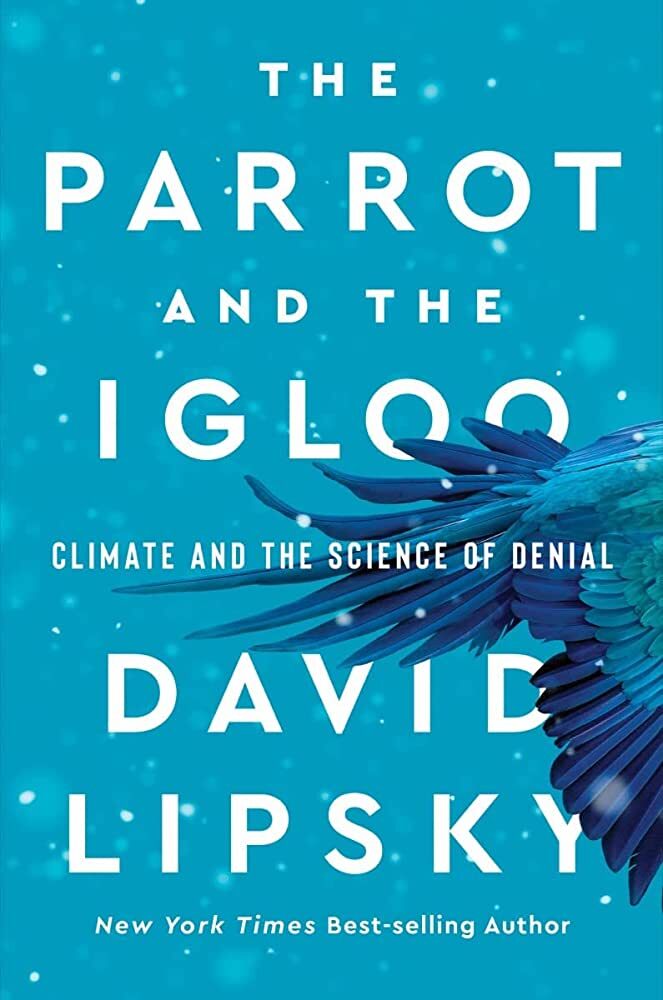The Message
Books and other sources consulted for this chapter
David Skae, MD, FRCS, Trial of John Tawell for the Murder of Sarah Hart by Prussic Acid: With Remarks, Royal College of Surgeons of England, 1845.
Tom Standage, The Victorian Internet: The Remarkable Story of the Telegraph and the Nineteenth Century’s On-line Pioneers, Bloomsbury, 1998.
“A Sketch of Tawell’s History,” The Illustrated London News, March 29, 1945.
Gustave Louis M. Strauss, Reminiscences of an Old Bohemian, Tinsley Brothers, 1882; Downey and Company, 1895.
Nicola Sly, Murder by Poison: A Casebook of Historic British Murders, History Press, 2009.
Carol Baxter, The Peculiar Case of the Electric Constable: A True Tale of Passion, Poison, and Pursuit, Oneworld Publications, 2013.
Jeffrey Kieve, The Electric Telegraph in the U.K.: A Social and Economic History, Harper & Row, 1973.
Roland Wenzlhuemer, Connecting the Nineteenth-Century World: The Telegraph and Globalization, Cambridge University Press, 2013.
Robin Lane Fox, The Classical World: An Epic History of Greece and Rome, Penguin, 2005.
Jill Jonnes, Empires of Light: Edison, Tesla, Westinghouse, and the Race to Electrify the World, Random House, 2003.
The Jonnes book is wonderful reading and became for these sections an essential aid and crib sheet.
H. W. Brands, The First American: The Life and Times of Benjamin Franklin, Doubleday, 2000.
Walter Isaacson, Benjamin Franklin: An American Life, Simon & Schuster, 2003.
Mark Essig, Edison and the Electric Chair: A Story of Light and Death, Walker, 2003.
George Johnson, The Ten Most Beautiful Experiments, Knopf, 2008.
John Tyndall, Faraday as a Discoverer, Longmans, Green, and Co., 1866.
The book-receiving scientist was Sir Humphry Davy, whom Faraday would eventually succeed as Director of the Laboratory at the Royal Institution.
John Tyndall (a physicist with whom we’ll more formally shake hands in Part Two) would work beside Faraday. This is a footnote, Faraday sounding a touch like Malcolm Gladwell—or maybe Gladwell and Faraday had just noticed the same thing: “[Faraday] used to say that it required twenty years to make a man in physical science; the previous period being one of infancy.”
The ideal working combination. Faraday was now “at the climax of his intellectual strength, 40 years of age, stored with knowledge and full of original power.”
Faraday spoke of his own experiences with a charming directness and modesty. He wrote a friend in 1858, of his bookbinding teenaged self, “Do not suppose that I was a very deep thinker, or was marked as a precocious person. I was a very lively imaginative person, and could believe in the ‘Arabian Nights’ as easily as in the ‘Encyclopaedia.’ But facts were important to me, and saved me. I could trust a fact, and always cross-examined an assertion.”
Kenneth Silverman, Lightning Man: The Accursed Life of Samuel F. B. Morse, Knopf, 2003.
John Munro, Heroes of the Telegraph, William Clowes and Sons, Limited, 1891.
Samuel Irenaeus Prime, The Life of Samuel F. B. Morse, LL. D., D. Appleton and Company, 1875.
Christopher Lazare, “The First Ballerina,” The New Yorker, December 9, 1944.
“Samuel Morse, embittered by the public’s indifference toward his work—he was then strictly a painter, specializing in landscapes and portraits of statesmen—and the private indifference of a lady he loved, reacted to the tremendous success of the spectacle at the Bowery with indignation,” Lazare explains. “His resentment found an outlet in a series of explosive denunciations of Mme. Hutin [the titular ballerina], who so outraged him that he could not bring himself to go see for himself what she was like.”
Martin Amis, Time’s Arrow, Jonathan Cape, 1991.
Franklin Leonard Pope, “The American Inventors of the Telegraph,” The Century Illustrated Monthly Magazine, XXXV, no. 6, April 1888.
This piece has a fascinating, giant-size image of Morse’s famous first message, demonstrating its monumentality even 45 years later. The Century must’ve been The New Yorker of its day. This same issue contains a report by Theodore Roosevelt on his North Dakota ranching days (illustrated by the great western artist Frederic Remington). Also a consideration of the works of Robert Louis Stevenson, with the casual byline Henry James.
Van Buren Denslow and Jane Marsh Parker, Thomas A. Edison and Samuel F. B. Morse, Caswell and Company, 1887.
Tomas Nonnenmacher, “History of the U.S. Telegraph Industry,” Economic History Association, Allegheny College.
https://eh.net/encyclopedia/history-of-the-u-s-telegraph-industry/
Accessed January 14, 2023.
“Professor Pupin and the Telegraph,” The Telegraph Age, XIX, no. 11, June 1, 1902.
“Topics of the Times,” The New York Times, May 31, 1902.
John A. J. Creswell, Postmaster-General of the United States, Report of the Postmaster-General, Being Part of the Message and Documents Communicated to the Two Houses of Congress, Third Session, 42nd Congress, November 15, 1872. U.S. Government Printing Office, 1872. Quoted in Silverman, Lightning Man.
R. R. (Richard Rogers) Bowker, ed., “Great American Industries. XII.—Electricity,” Harper’s, October 1896.
Thirty years on, the numbers are even better: 800,000 miles of wire (and 21,000 offices), 68,000,000 messages, earning $16,000,000; prices had dropped to about a quarter per telegram.
David Hochfelder, The Telegraph in America, 1832–1920, Johns Hopkins University Press, 2012.
